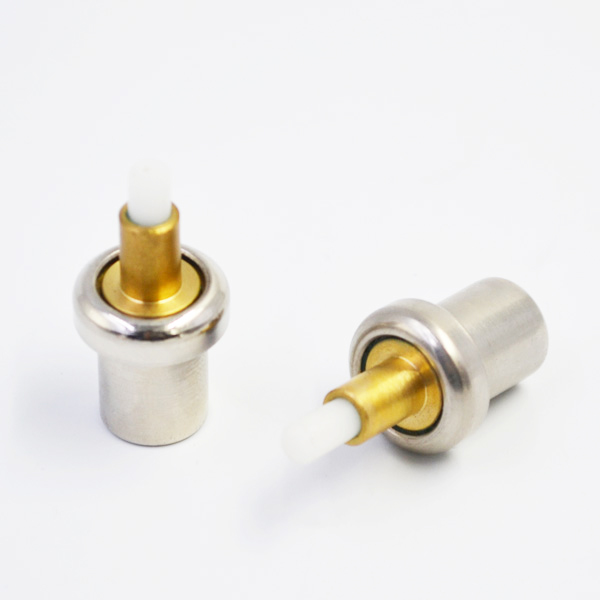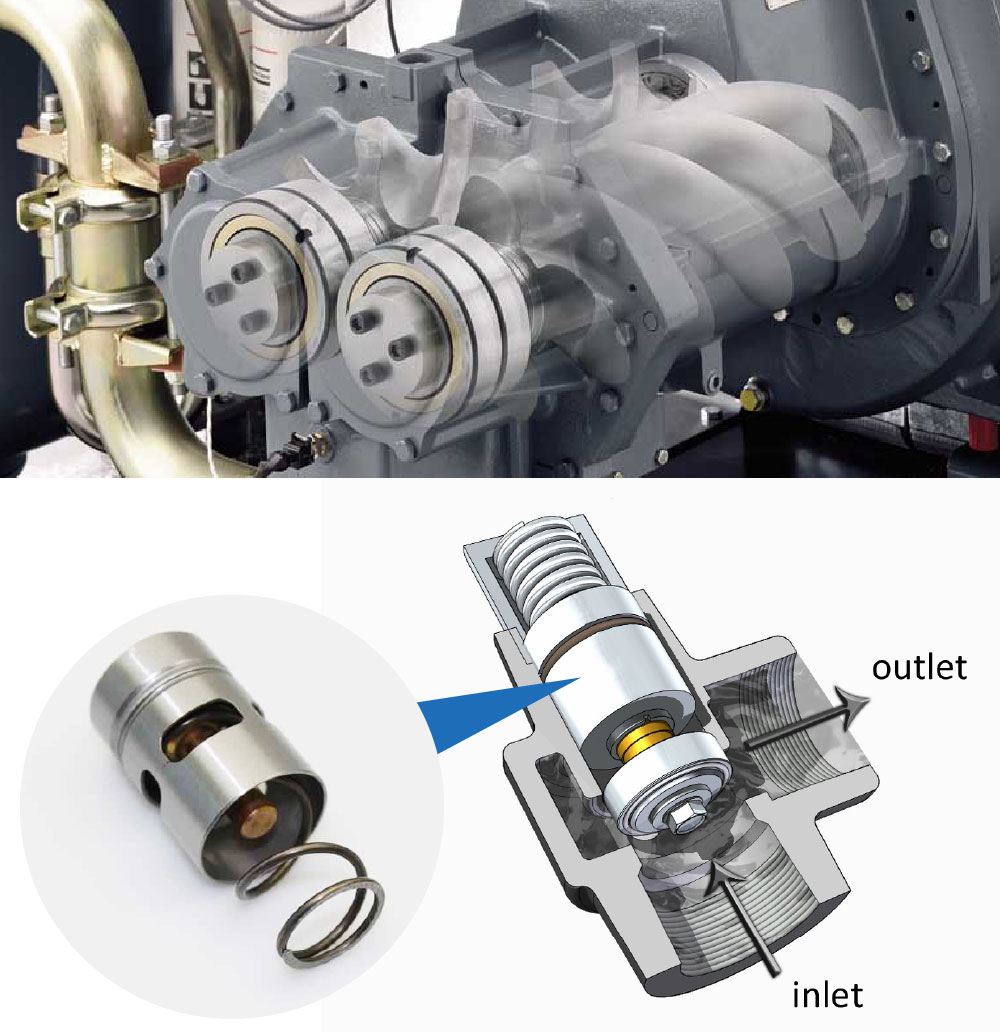Panasonic FP1-C40 programmable controller design principles, working principles, daily life applications. PLC Programmable Logic Controller: The English name of PLC is Programmable Logic Controller, and the Chinese name is Programmable Controller.
It is defined as an electronic system for digital operation, which is specially designed for application in industrial environment. It uses a kind of programmable memory for its internal storage program, executes logic operations, sequence control, timing, thermostatic element counting and arithmetic operations and other user-oriented instructions, and controls various types of motors or production processes through digital or analog input/output. To give full play to the functions of PLC and to meet the control requirements of controlled objects to the maximum extent is the first prerequisite for designing the PLC control system, which is also the most important principle in the design. This requires designers to conduct in-depth investigation and Research on the site before designing, collect and control the information on the site, and collect relevant advanced domestic and foreign information.
At the same time, attention should be paid to cooperating closely with the engineering managers, engineers and technicians, and field operators to draw up control schemes to solve the key and difficult problems in the design. It is an important principle to design the control system to ensure the long-term safe, reliable and stable operation of the PLC control system. This requires the designer to consider the system design, component selection and software programming comprehensively to ensure the safety and reliability of the control system. For example, we should ensure that the PLC program not only runs under normal conditions, but also works under abnormal conditions (such as sudden power failure, wrong button pressing, etc.). Although a new control project can improve the quality and quantity of products and bring enormous economic and social benefits, the investment of new projects, technical training and equipment maintenance will also lead to the increase of operating funds.
Therefore, on the premise of meeting the control requirements, on the one hand, we should pay attention to continuously expanding the benefits of the project, on the other hand, we should also pay attention to continuously reducing the cost of the project. This requires the designer not only to make the control system simple and economical, but also to make the use and maintenance of the control system convenient, low cost, not blindly pursuing automation and high indicators.

Due to the continuous development of technology, the requirements of control system will continue to improve. The design should take due account of the needs of future development and improvement of control system. This requires that when choosing PLC, input/output module, I/O points and memory capacity, adequate margin should be reserved to meet future production development and process improvement. The working mode of PLC is circular scanning. The working process of PLC can be roughly divided into three stages: input sampling, program execution and output refreshing.

PLC repeats the above three stages and starts again and again. The time of each repetition is called a scanning cycle. Under the control of system program, PLC reads the status of input ports (such as switch on or off) in scanning order and writes it to the input status register, at which time the input status register is refreshed. Then it goes to the execution stage.
During program execution, even if the input state changes, the content of the input state register will not change. The change of input state can only be re-read when input sampling arrives in the next scan cycle. The PLC scans each user program in the order of ladder diagram from left to right and from top to bottom. The input and output variables used to execute the program are taken from the corresponding input state register and output state register, and the results of the operation are written to the output state register.

The output state register is transmitted to the output port to drive the output device, which is the actual output of PLC. These three stages constitute a working cycle of PLC. In fact, the scanning work of PLC also needs to complete self-diagnosis and communicate with programmers and computers, as shown in Fig. 5 and 14. These five stages constitute a scanning cycle. Generally, the scanning time depends on the length of the program. Usually, the scanning period is tens of milliseconds. This is almost instantaneous for industrial control objects. The working principle of the PLC is basically the same as that of the computer. It controls the system by executing the user program. But there is a big difference in the way they work. In the process of computer work, if the input condition is not satisfied, the program will wait until the condition is satisfied to continue to execute. When the input condition is not satisfied, the program will continue to execute in the same order. It will rely on continuous cyclic scanning, capturing input variables through input sampling time after time.
But the problem is that if the input variables change during the scan, the output will change accordingly during the scan. If the input variables change after this scan, the output of this scan cycle will remain unchanged, and only wait for the next scan output will change. This causes the lag of input and output response of PLC, even 2-3 cycles. Although the corresponding lag is completely allowed for industrial equipment, it shows that only when the input variables satisfy the condition more than the scanning period, the condition can be accepted by PLC and executed according to the program. But on the other hand, it also shows that some short-term instantaneous interference of PLC will be avoided because of the lag of response, which is beneficial to improve the anti-interference ability of PLC. If some devices need output to respond quickly to input, measures such as fast response module, high-speed counting module and interrupt processing can be taken to minimize the lag time. We learned the principle of Panasonic Programmable Controller FP1-C40 in daily training, and programmed the automatic control program of three-phase asynchronous motor with computer. Control requirements: Press the forward start button SB1, the motor is running forward, and KM1, KMY are connected. After 2s, KMY is disconnected and KM is connected, that is to say, the forward start is completed. Press the stop button SB2 and the motor stops running.
Press the reverse start button SB3, the motor runs in reverse, and KM2, KMY are connected. After 2s, KMY is disconnected and KM is connected, that is, reversal start is completed. The broken PLC is connected with the power distribution disc by wire to complete the whole wiring process.
Programmable controllers play an increasingly important role in daily life, and we have also focused on learning this part of the training. Through learning, we can know more about programmable controllers and make better use of them.
